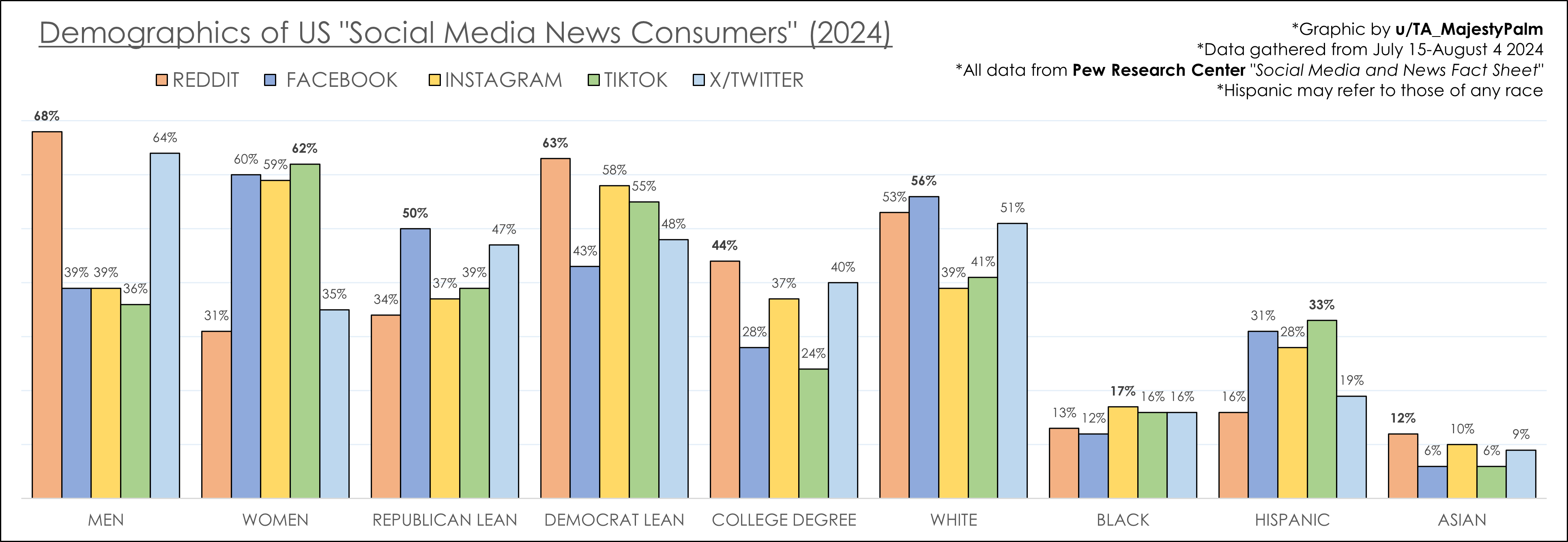Is the secret to thriving economies actually just a good pair of walking shoes?
Walkable cities are steadily gaining ground as economic powerhouses, with benefits that extend far beyond the obvious. By increasing property values, attracting investment, and boosting local businesses and tourism, these pedestrian-friendly areas are redefining what it means to prosper. They magnetize "New Economy" workers and encourage businesses to break away from auto-reliant towns.
The question is, can walkability truly hold the key to boosting prosperity? The answer is overwhelmingly yes.
Economic Benefits of Walkable Cities
Walkable cities are known to boost property values and attract private investment. Real estate in pedestrian-friendly "smart communities" tends to appreciate faster compared to car-dependent areas. A reduction in traffic speeds can further increase property values by up to 20%. This trend is linked to the growing demand for urban living spaces where residents prioritize accessibility and convenience over extensive commutes. As a result, walkable areas are becoming magnets for the "New Economy" workers who drive innovation and economic growth.
Local businesses thrive in walkable environments due to increased foot traffic, which naturally leads to higher retail sales. With more pedestrians on the streets, shops, cafes, and restaurants experience greater customer flow, boosting their revenues. Additionally, walkable cities are attractive to tourists, offering them a more engaging and immersive experience. The unique charm of pedestrian-friendly streetscapes can result in a tourism boost, further supporting local economies. Cities like Lodi and Mountain View, California, serve as prime examples of how walkability contributes to economic prosperity.
- Portland, Oregon
- Boulder, Colorado
- San Francisco, California
- Cambridge, Massachusetts
- Austin, Texas
Businesses are increasingly migrating towards walkable cities as they seek environments conducive to employee satisfaction and productivity. The movement away from auto-dependent cities reflects a broader shift in corporate priorities, with companies recognizing the value of accessible and vibrant urban centers. These cities provide a competitive edge in attracting talent, as employees favor locations that offer a high quality of life, reduced commute times, and a sense of community. As such, walkable cities are becoming hubs for economic dynamism and innovation.
Health Benefits of Walkable Cities
Walkable cities significantly enhance physical health by promoting regular walking, a simple yet effective form of exercise. As residents engage in more walking, their overall physical activity levels increase, which can lead to lower body mass index (BMI) and reduced obesity rates. A study by the Boston Globe highlights that individuals living in dense, walkable city centers generally exhibit lower BMI compared to those in less walkable areas. Moreover, as urban density increases from 2 to 8 or more dwellings per acre, obesity rates can decrease by up to 10%. This correlation underscores the role of urban design in fostering a healthy lifestyle and underscores the importance of walkable environments in obesity prevention.
In addition to physical benefits, walkable cities also contribute to improved mental health. Regular walking is known to alleviate symptoms of anxiety and depression, boosting overall mental well-being. The social interactions and community engagement fostered by walkable environments further enhance mental health. Additionally, the healthcare cost savings are notable, with reductions of up to $1,900 annually attributed to the health benefits associated with increased walking. This economic advantage complements the personal health benefits, making walkable cities a wise choice for individuals and communities seeking to optimize both physical and mental health outcomes.
| Health Benefit | Impact |
|---|---|
| Physical Activity | Increased physical activity reduces BMI and obesity rates. |
| Mental Well-being | Alleviates symptoms of anxiety and depression. |
| Healthcare Costs | Reduces costs by up to $1,900 annually. |
Environmental Advantages of Walkable Cities
How do walkable cities impact carbon emissions? Walkable cities significantly reduce carbon emissions by minimizing reliance on light-duty vehicles, which are responsible for 58% of these emissions. With transportation accounting for 15% of all greenhouse gas emissions globally, transitioning to pedestrian-friendly urban environments plays a crucial role in mitigating climate change. Improved air quality is another critical outcome, as reducing vehicular traffic decreases harmful pollutants, leading to healthier urban atmospheres. This shift not only benefits the environment but also has direct health implications, potentially preventing the 7 million deaths annually attributed to unsafe emission levels.
What are the implications for sustainable development and social equity? Walkable cities foster sustainable development by creating urban spaces that prioritize people over cars, encouraging the use of public transportation and non-motorized forms of travel. This approach supports the efficient use of resources and reduces environmental degradation. Additionally, promoting walkability enhances social equity by ensuring that all community members, regardless of socioeconomic status, have access to clean air and safe, navigable cityscapes. By reducing the negative impacts of air pollution, walkable cities contribute to a more equitable distribution of environmental benefits, fostering inclusive and resilient urban communities.
Social and Community Benefits of Walkable Cities
Walkable cities enhance social interaction by creating environments where people naturally meet and engage with one another. Streets designed for pedestrians, with spaces like parks and plazas, encourage spontaneous encounters and conversations. This fosters a vibrant community life where residents feel more connected to their neighbors. The reduction of traffic in walkable areas also means less noise and pollution, making outdoor spaces more inviting for social activities and gatherings.
How does walkability reduce loneliness and improve mental health? Walkability can significantly reduce feelings of loneliness by providing opportunities for social engagement. With 27% of Americans living alone, the design of urban spaces plays a crucial role in mental health. Walkable environments encourage residents to spend more time outside, increasing the likelihood of social interactions that can alleviate loneliness. Additionally, the physical activity associated with walking is linked to improved mental health, reducing symptoms of anxiety and depression.
- Increased opportunities for social interaction
- Enhanced sense of community belonging
- Reduction in loneliness and isolation
- Improved mental health outcomes
Community engagement initiatives are vital in fostering social cohesion in walkable cities. Programs such as neighborhood events, street fairs, and community projects encourage residents to participate and collaborate, strengthening community bonds. By prioritizing pedestrian-friendly infrastructure and organizing activities that bring people together, cities can create inclusive environments where all residents feel valued and connected. This not only enhances the social fabric of a community but also contributes to a sense of shared identity and purpose.
Urban Planning and Design Strategies for Walkable Cities
Political and public support for walkable city initiatives is on the rise as people increasingly favor green policies over car-centric infrastructure. This shift reflects a growing awareness of the environmental and social benefits that walkable cities offer. Urban planners and policymakers are responding by prioritizing pedestrian-friendly designs that promote sustainable lifestyles. The increasing voter support is a testament to the public's desire for safer, more accessible urban spaces that enhance quality of life and reduce environmental impact.
Integrating walking with other modes of transportation, such as public transit and cycling, is crucial in developing effective urban planning strategies. Cities are focusing on creating seamless connections between different transport modes to ensure efficient mobility for residents. By providing convenient access to public transportation and dedicated cycling paths, cities can reduce reliance on cars, thus decreasing traffic congestion and pollution. This integrated approach not only supports walkability but also contributes to a more sustainable urban environment.
Investment in Infrastructure
Investing in public transit, affordable housing, and pedestrian infrastructure is essential to promote walkability. Enhancements such as well-maintained sidewalks, safe crosswalks, and greenways encourage walking as a viable mode of transportation. Additionally, developing affordable housing within walking distance of amenities and transit hubs ensures that all residents can benefit from these improvements. Such investments create equitable urban spaces where everyone has access to the advantages of a walkable city.
Smarter urban design plays a pivotal role in the creation of walkable cities. By focusing on mixed-use developments and compact neighborhoods, urban planners can design environments that naturally encourage walking. These designs prioritize human-scale architecture and community-centric spaces, fostering a sense of place and belonging. As a result, smarter urban design not only enhances walkability but also contributes to economic vitality and social cohesion, making cities more livable and resilient.
Final Words
Exploring the numerous benefits of walkable cities reveals their profound impact on economic growth, public health, environmental sustainability, and social cohesion.
Economically, they boost property values, invigorate local businesses, and enhance tourism. Health-wise, they encourage physical activity, reducing obesity and healthcare costs while improving mental health. Environmentally, these cities cut carbon emissions and promote sustainable development.
Socially, they foster community engagement and interaction.
Urban planning and design strategies are vital in crafting these environments, integrating pedestrian infrastructure with public transit to create vibrant, inclusive spaces.
Investing in walkability isn't just a trend; it's a pathway to healthier, happier, and economically prosperous communities.



